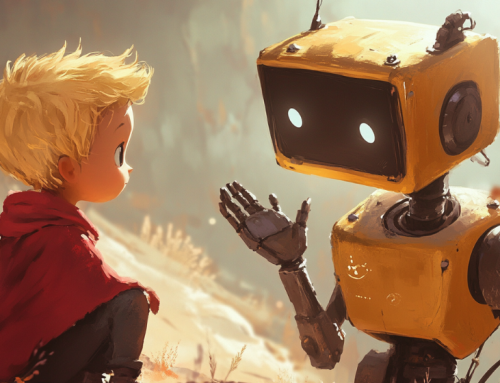
A sculpture of a Homo sapiens neanderthalensis from the Neanderthal Museum, by Fundort Gibraltar. (Source: Wikimedia Commons)
Researchers Explore Prehistoric Tissue to Source Medication for Antibiotic-Resistant Infections
If you’ve seen the Oppenheimer movie that was released recently, you are well aware of how accomplished mankind has become at creating weapons that can wipe out the world. Now, humans have mastered technology that can help to extend an individual’s life, and in doing that extend the life of our species.
An article on nature.com sounds a lot like a remake of the plot of the movie “Jurassic Park.” But it’s a different story entirely.
Scientists have long been seeking and studying pieces of our prehistoric ancestors. And they have been breaking down the biomatter of humans in search of chemicals and other building blocks that helped produce Neanderthals and other early human-like mammals.
Recently while searching the proteins of a Neanderthal, researchers took their work in an exciting new direction that had not been possible before the arrival of AI, which is reviving long-dead molecules. According to the article:
To perform this molecular “de-extinction,” the researchers applied computational methods to data about proteins from both modern humans (Homo sapiens) and our long-extinct relatives, Neanderthals (Homo neanderthalensis) and Denisovans. This allowed the authors to identify molecules that can kill disease-causing bacteria — and that could inspire new drugs to treat human infections. Yes, they are going back through the prehistoric eras in search of unknown antibiotics for use in the modern era.
The article breaks down some of the processes that researchers used once they decided to test their idea about naturally derived antibiotics in our predecessors. It’s not a new approach to breaking down the chemical components of a tissue, but it differs from past approaches.
“We’re motivated by the notion of bringing back molecules from the past to address problems that we have today,” says Cesar de la Fuente, a co-author of the study and a bioengineer at the University of Pennsylvania in Philadelphia. The study was published on 28 July in Cell Host & Microbe.
Ancient Peptides Vs. Modern Bacteria
The researchers trained an AI algorithm to recognize sites on human proteins where they are known to be cut into peptides. To find new peptides, the team applied its algorithm to maps of the amino acids in a protein of Homo Sapiens, Neanderthals, and Denisovans. The researchers then used the properties of previously-described antimicrobial peptides to predict which of these new peptides might kill bacteria.
Finding and testing drug candidates using AI takes weeks rather than three to six years using conventional methods, according to de la Fuente.
And as far as the comparison to reviving dinosaurs in Jurassic Park, the researcher said:
“The proteins of extinct species could be an untapped resource for antibiotic development — a realization to which de la Fuente and his collaborators came to thanks, in part, to a classic blockbuster. ‘We started actually thinking about Jurassic Park,’ he says. Rather than bringing dinosaurs back to life, as scientists did in the 1993 film, the team came up with a more feasible idea: ‘Why not bring back molecules?’”
Perhaps de la Fuente’s team should see that film again to ensure they remember its lessons. Hopefully, they will stick to reanimating molecules for antibiotics and leave the return of T-Rex for the movies.
read more at nature.com







Leave A Comment